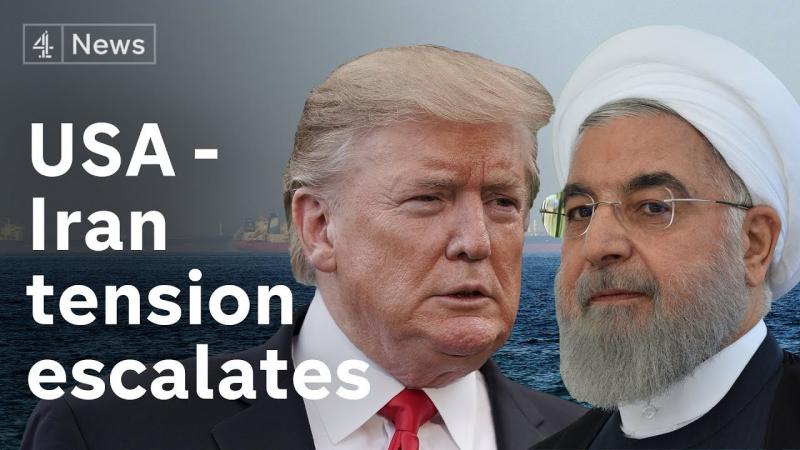Global oil prices spiked 4 per cent on Friday as tensions flared up in the Middle East, setting off worries over an extended spell of market volatility hitting consumer sentiment by pushing up fuel prices and blunting the government’s efforts to revive the pace of economic growth. International benchmark Brent crude shot up 4 per cent towards $70 per barrel before settling down at $68.76 as the market turned jittery over the possibility of Iran blocking the Strait of Hormuz, a vital shipping route for global oil trade, to retaliate against the US killing one of its top military commanders.
As the world’s third-largest buyer of oil, India is vulnerable to tensions in the Middle East on two counts. One is of course the price factor and its impact on the country’s economy and consumer sentiment. The second is the possibility of supply disruption, in which case the country will have to spend more on supplies from alternative sources. But here too, things boil down to money matters.
Costlier crude pushes up pump prices and fuel bills. This squeezes household budgets and puts a damper on consumption as consumers turn cautious over non-essential spending. For the government, higher oil prices mean less fiscal space for freebies or grand social sector schemes needed to revive a sagging economy. A spell of high pump prices ahead of election in Delhi will not augur well politically for the BJP, which rules at the Centre and is trying to ride back into power in the capital.
Soaring oil pushes up inflation as government’s subsidy outgo and industry’s input cost rise. It also hurts financial and currency markets as higher demand for dollar to pay for oil imports puts pressure on the rupee and upsets the current account deficit.
All these depress market sentiments and consumer appetite, which in turn suppress consumption. A $10 increase in global crude oil prices shaves off India’s GDP by up to 30 basis points.
On the supply side, India’s vulnerability to Middle Eastern flare-ups come from its heavy dependence on the region for its oil and gas supplies. International Energy Agency reckons two-thirds of the oil and half the LNG (gas carried in ships) imported by India come from the strait between Iran and Oman. The narrow shipping lane, 21 miles wide at its narrowest point, is the only way to move oil from the Persian Gulf to the world’s open seas. Any disruption in oil traffic will have a devastating effect on prices — with some analysts predicting price above $80. That will be a body-blow for the ailing Indian economy.
